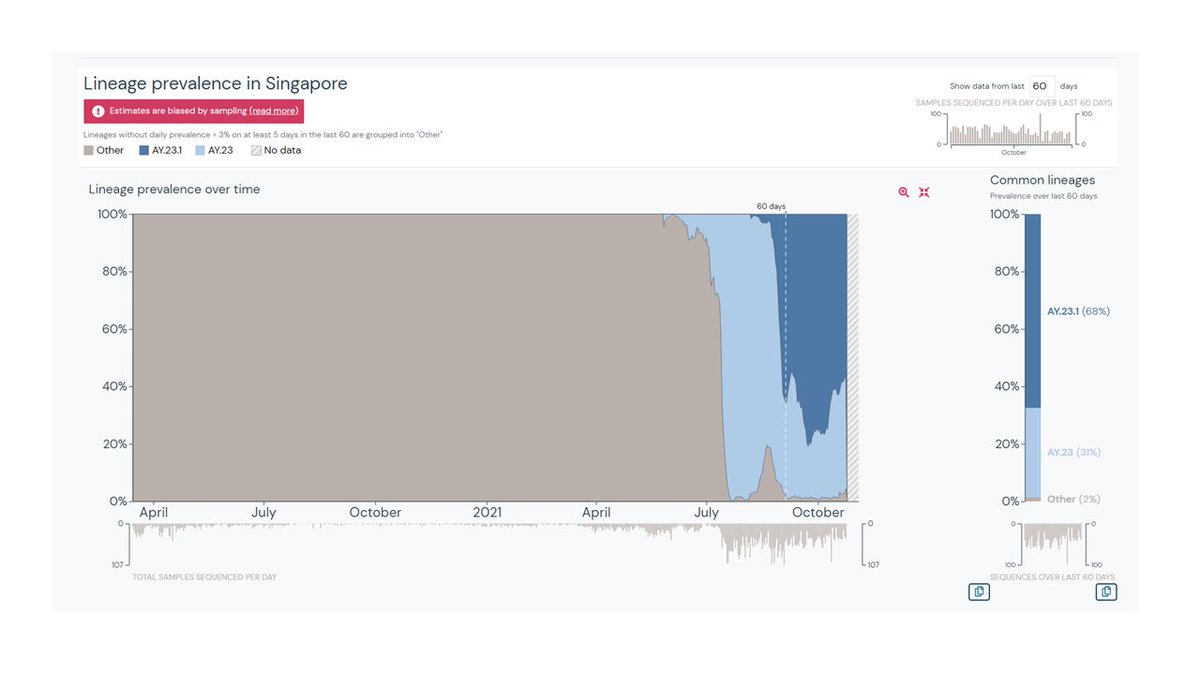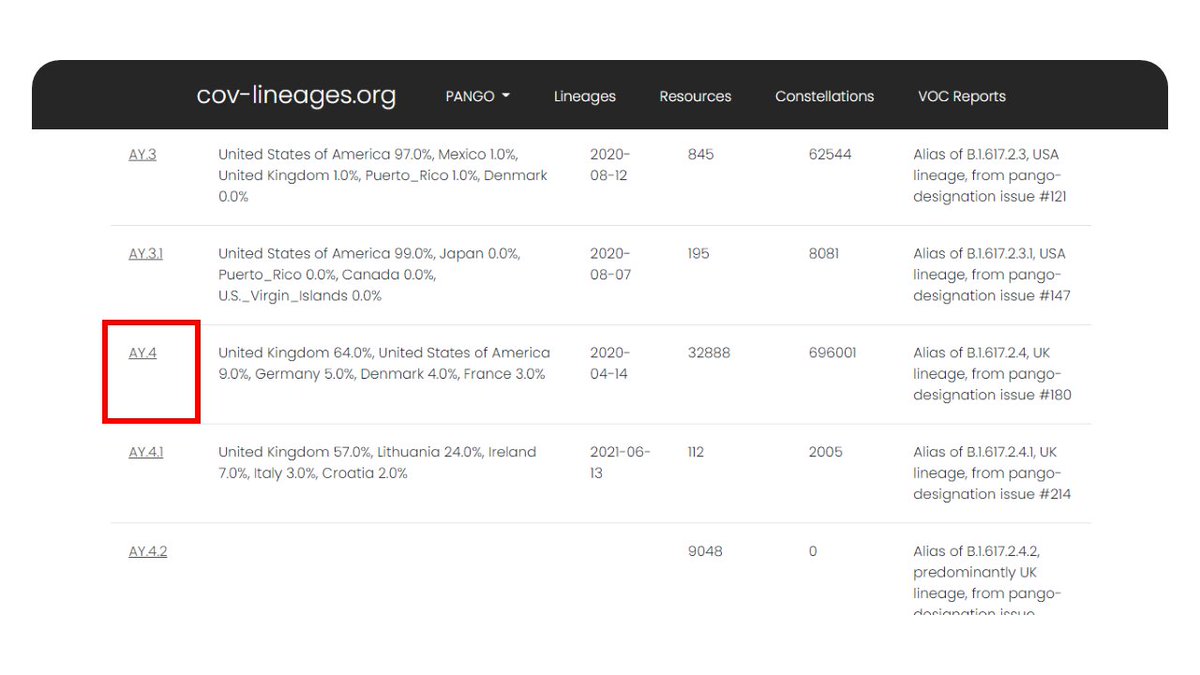
RT-PCR is a sensitive molecular method widely used for the detection of SARS-CoV-2 in biological samples. This is based on the principle that short pieces of DNA (aka primers) can specifically target DNA/RNA and amplify them using a polymerase protein
Typically COVID-19 RT-PCR kits use 2 or more sets of primers which target the virus nucleic acid at 2 or more genes/sites in the genome. This is to improve the specificity of the detection. Combinations between N, E, RdRP and S genes are typically used.
Mutations in the target sites can affect the efficiency of the kit. Since 2 sites are used, it is rare that both sites are lost due to mutations (but rarely does happen). An early analysis from our lab on mutations in primer target sites can be read here ijidonline.com/article/S1201-…
A number of variants (incl. Alpha and Omicron) have mutations in the spike gene which can adversely impact the efficiency of the primers widely used. This is called a spike-drop out on a Spike Gene Target Failure (SGTF). This is usually not an issue, since the 2nd primer works.
This property can be therefore be used as a surrogate to screen for specific variants. While they are only suggestive (since the mutations can also occur in other variants) for the variants, they can be useful for quick screening.
Confirmation is usually by genome sequencing.
Confirmation is usually by genome sequencing.
Whether a kit can detect a variant is therefore dependent on the primers used.
More importantly, given a set of primers, one could also ascertain whether a kit is good depending on prevalent mutations.
AssayM is a useful resource in this regard
grafnet.kaust.edu.sa/assayM/
More importantly, given a set of primers, one could also ascertain whether a kit is good depending on prevalent mutations.
AssayM is a useful resource in this regard
grafnet.kaust.edu.sa/assayM/
Unfortunately, the primer details for the majority of kits used in India is not publicly disclosed / available, which limits the possibility to ascertain which ones can detect specific variants or which ones are likely to fail for a given variant or mutations which are prevalent.
In summary
🔴 RT PCR tests which have SGTF can be used to tentatively screen for Omicron
🔴 Variants are confirmed by sequencing
🔴 Mutations can affect the efficiency of RT PCR kits
🔴 Efforts are required to ensure the primers used are disclosed for PublicHealth decision-making
🔴 RT PCR tests which have SGTF can be used to tentatively screen for Omicron
🔴 Variants are confirmed by sequencing
🔴 Mutations can affect the efficiency of RT PCR kits
🔴 Efforts are required to ensure the primers used are disclosed for PublicHealth decision-making
Also linking the #explainer on this topic which appeared in @IndianExpress by @runaanu
indianexpress.com/article/explai…
indianexpress.com/article/explai…
• • •
Missing some Tweet in this thread? You can try to
force a refresh
















